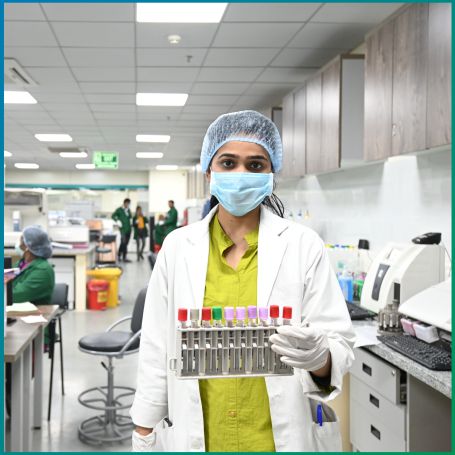
Gram Stain-Synovial Fluid is a test that identifies bacterial infections in joint fluid, helping diagnose conditions like septic arthritis.


The Gram Stain - Synovial Fluid test is a diagnostic procedure used to detect and identify bacteria in synovial (joint) fluid. This test is primarily performed when there is a suspicion of joint infection, or septic arthritis, a condition that can lead to joint damage if untreated. By identifying the presence of bacteria and determining whether they are Gram-positive or Gram-negative, this test helps healthcare providers decide on an effective treatment plan, often involving antibiotics and, in some cases, surgical intervention.
The Gram Stain - Synovial Fluid test is a rapid screening technique that classifies bacteria into two major groups: Gram-positive (which appear purple under a microscope) and Gram-negative (which appear pink). This differentiation is based on the bacteria's cell wall structure and aids in identifying the general type of bacteria causing an infection. The test is valuable for initial assessment of joint infections and helps guide the choice of antibiotic therapy until culture results provide more detailed information.
The Gram Stain - Synovial Fluid test is typically recommended for individuals with symptoms of septic arthritis or joint infections, which may include Sudden onset of severe joint pain and swelling, Redness and warmth in the affected joint, Fever and chills, Limited range of motion in the joint. The test is especially important for individuals with conditions or circumstances that increase their risk for joint infections, such as recent joint surgery, immunosuppression, rheumatoid arthritis, or joint trauma.
Diagnopein provides accurate and efficient Gram Stain - Synovial Fluid testing, employing advanced microscopy techniques and highly trained lab professionals. Diagnopein's emphasis on maintaining a clean and controlled environment ensures accurate results with minimal risk of contamination. With timely and precise reporting, Diagnopein allows for rapid decision-making in cases of joint infections, where early intervention is critical. The lab’s supportive staff is available to guide patients through the testing process and address any questions related to their results.
A positive result indicates the presence of bacteria in the joint fluid, suggesting a joint infection (septic arthritis). Further testing, like a culture, is needed to identify the specific bacteria.
A negative result means that no bacteria were detected in the fluid sample. However, it does not entirely rule out infection, as some bacteria may be present in very low quantities or may not stain well.
Results are typically available within a few hours after the sample reaches the lab.
The test itself is safe. However, synovial fluid collection (arthrocentesis) may cause mild pain or bruising at the puncture site, and in rare cases, joint infection or bleeding.